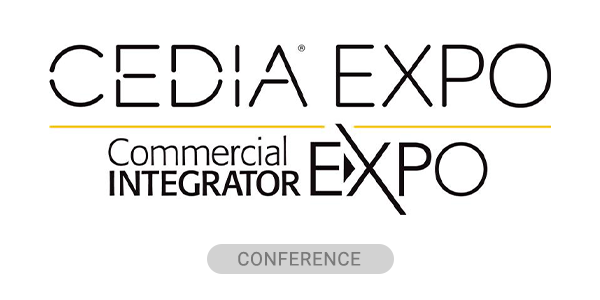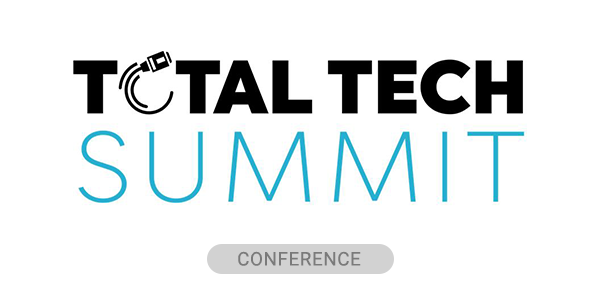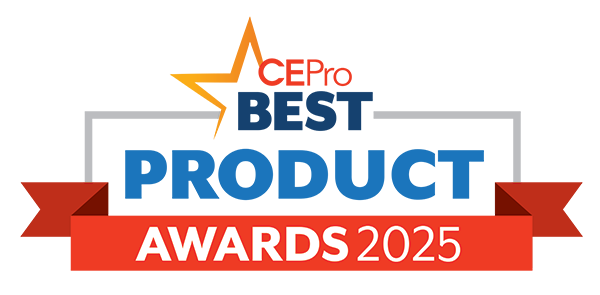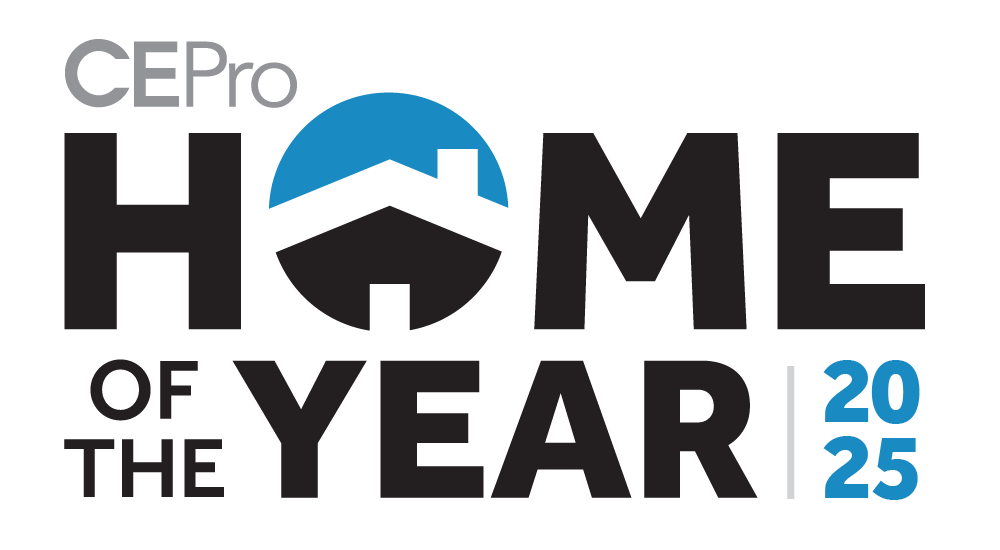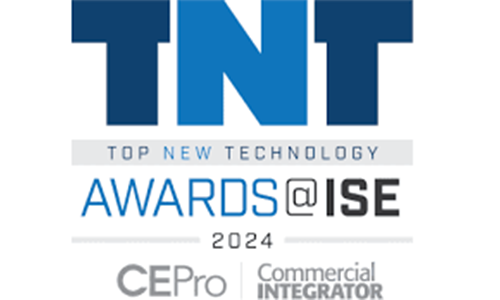HDR10+ Technologies LLC, the organization behind the HDR10+ dynamic metadata video format, has announced the launch of the Eclipsa Audio certification program, marking its expansion into immersive sound.
The new program is based on the Immersive Audio Model and Format (IAMF) open-source specifications created by the Alliance for Open Media (AOMedia) and is designed to ensure consistent, high-quality spatial audio performance across televisions, soundbars, and next-generation devices.
IAMF defines a set of audio specifications developed to optimize immersive sound experiences across streaming, gaming, AR/VR, and broadcast environments. The format enables creators to deliver multi-dimensional sound that adapts to the listener’s environment through efficient encoding and flexible rendering. IAMF is codec-agnostic, royalty-free, and supported by a reference software decoder and test streams available on AOMedia’s GitHub.
“Digital experiences today are powered by platforms and services that are generally available from their developers via open-source browsers, operating systems, social networks and video conferencing,” said Matt Frost, chairman of AOMedia’s steering committee. “Immersive audio should be no exception, but realizing this requires robust device testing and maximum compliance. Given its expertise in this area, HDR10+ Technologies LLC has been designated to administer the Eclipsa Audio program.”
Expanding an Open, Royalty-Free Ecosystem
HDR10+ Technologies, which counts over 170 adopters and multiple certified testing facilities worldwide, will oversee the Eclipsa Audio certification to ensure reliable performance and interoperability. The move parallels HDR10+’s own mission to provide an open, royalty-free video standard for high dynamic range content.
“For years, HDR10+ has been at the forefront of video innovation, offering a spectacular viewing experience,” said Bill Mandel, co-manager of HDR10+ Technologies LLC. “With Eclipsa Audio, we can now ‘complete the picture’ by connecting sight and sound in a unified manner that achieves total immersive entertainment, just as the creator intended.”
Developed by Samsung and Google
Eclipsa Audio first came into the spotlight earlier this year when Samsung and Google jointly announced the technology’s debut in Samsung’s 2025 TV and soundbar lineup. The companies said Eclipsa Audio was designed to give content creators precise control over sound placement, intensity, and reflections—creating a fully three-dimensional audio experience.
“We are proud to lead the industry with the integration of Eclipsa Audio into our 2025 TV and soundbar lineup,” said Taeyong Son, executive vice president and head of the R&D team for Samsung’s Visual Display Business. “This innovation opens new possibilities for immersive audio experiences and reinforces our commitment to shaping the future of home entertainment.”
According to Samsung, creators in 2025 will be able to upload videos with Eclipsa Audio tracks to YouTube, and Samsung devices will be capable of rendering the spatial audio technology when available. The company also said it has been working with Google and the Telecommunications Technology Association (TTA) to create a certification program for Eclipsa Audio—efforts now consolidated under HDR10+ Technologies’ administration.
“We believe that Eclipsa Audio has the potential to change the way we experience sound,” said Jim Bankoski, vice president of engineering, Google Chrome. “We are excited to see how the creator community uses it to create new and innovative audio experiences.”
Certification and Market Impact
The new Eclipsa Audio certification program will initially focus on televisions, with plans to expand into additional product categories such as soundbars, media players, and mobile devices. The licensing agreement and technical specifications are available under a royalty-free model, with the first certified products expected to debut soon.
For more information on licensing and certification, visit eclipsamedia.org.

